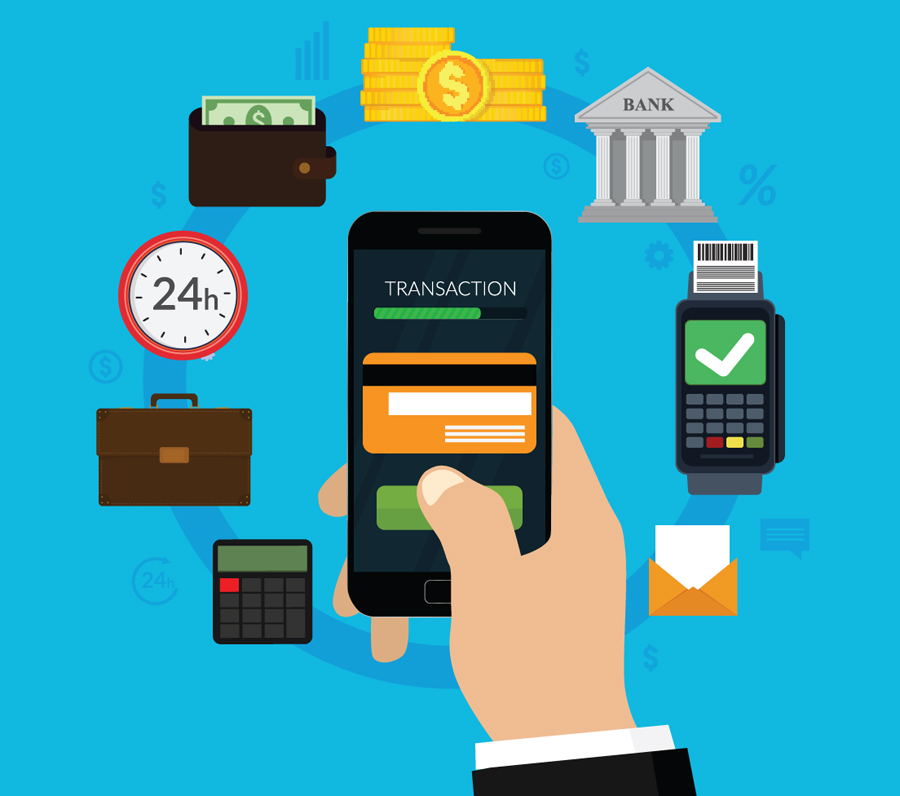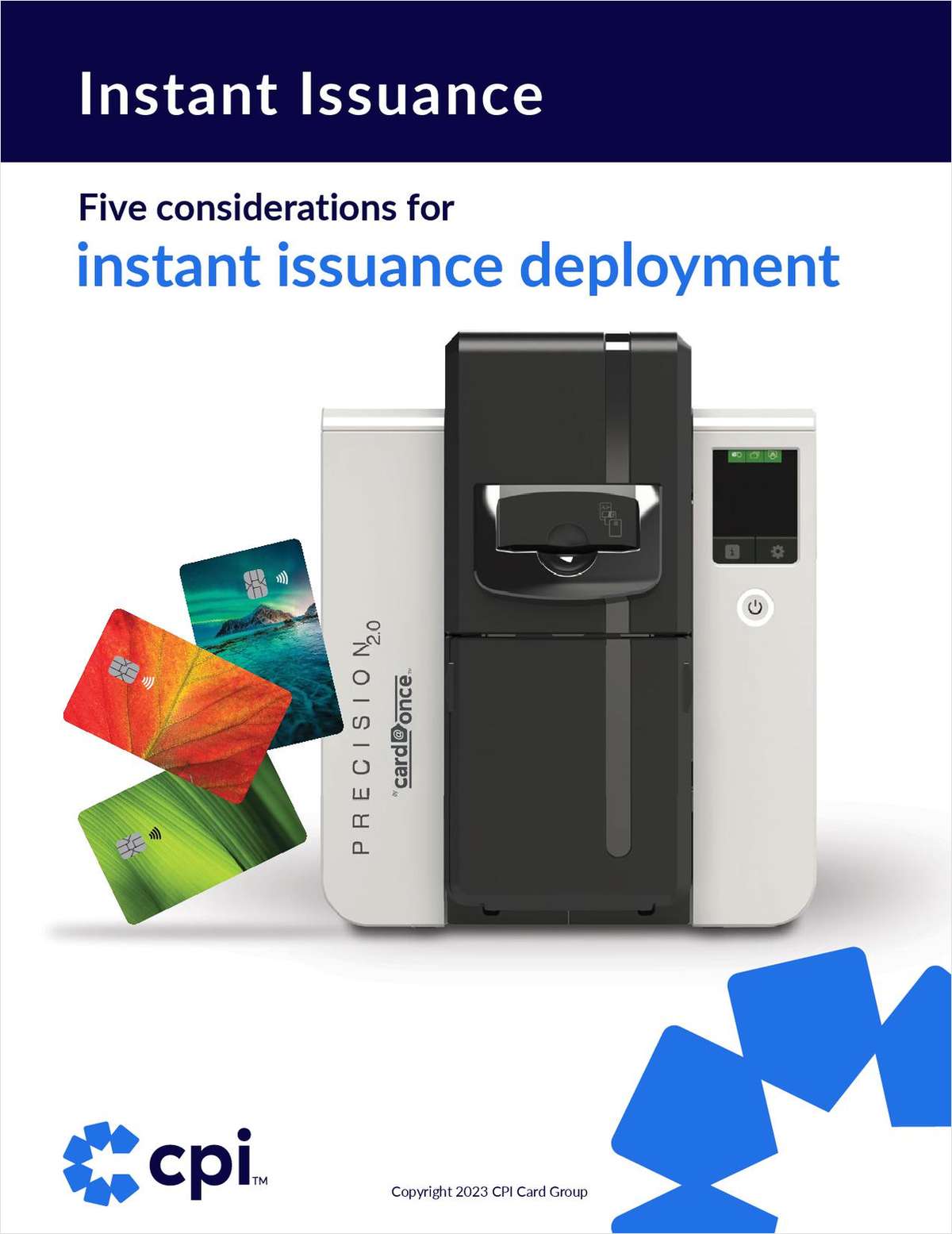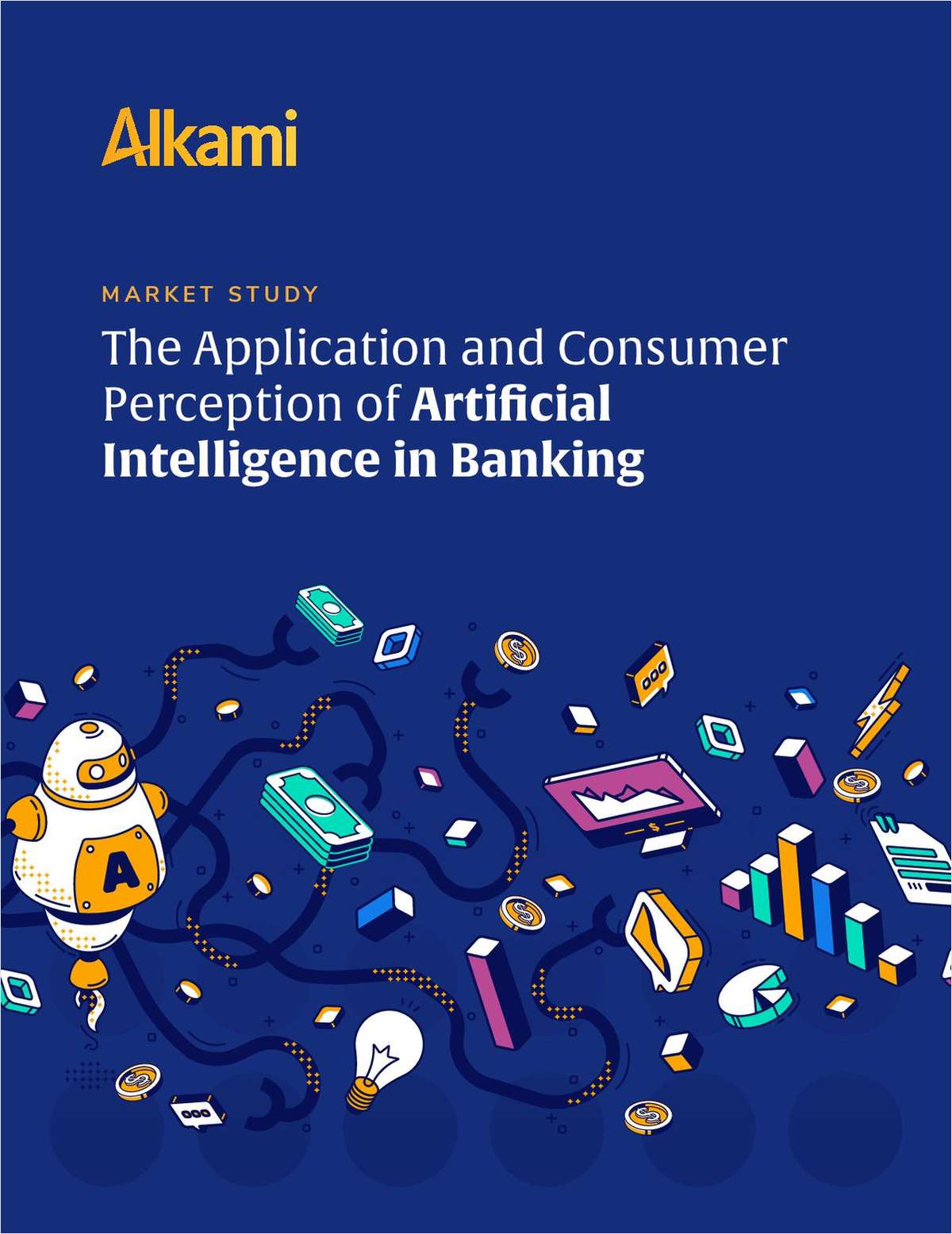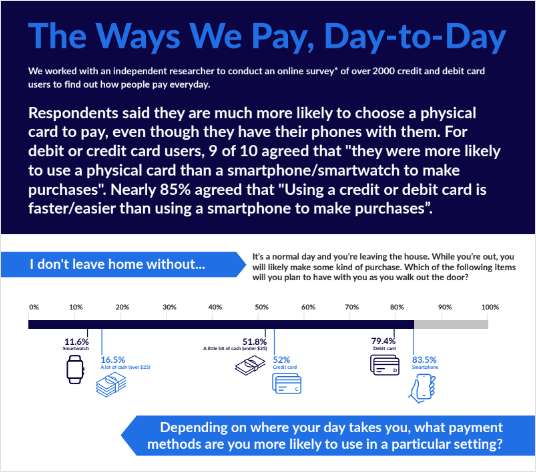Editor's note: This is the last in a three-part series about how same-day ACH is affecting credit unions.
Same-day ACH's three-phase rollout may be speeding up payments in the financial ecosystem, but the jury's still out on whether some of that progress will come at the expense of one well-known credit union product: Bill pay. Some say same-day ACH attracts mostly business users and can peacefully co-exist with bill pay; others wonder whether same-day ACH's similar end game (quick, cheap funds movement) will water down bill pay's reach with members.
The answer may not arrive until after Sept. 15. That's when Phase II of same-day ACH's three-phase implementation plan kicks off, requiring credit unions to provide same-day ACH debit capabilities. That will allow a wide variety of consumer uses cases, such as utility, mortgage, loan and credit card payments, according to NACHA — The Electronic Payments Association. Phase I, which took effect on Sept. 23, 2016, increased the movement of funds between financial institutions to three times per day and required all receiving depository financial institutions to accept same-day transactions. On March 16, 2018, Phase III will kick in, requiring financial institutions to make same-day ACH funds available to depositors by 5 p.m. local time.
Though the finish line is still months away, some data suggests payment habits are already changing.
For example, in 2016 the ACH network handled more than 25.5 billion payments — a year-over-year increase of 5.4%, NACHA reported. In the first quarter of 2017, the growth rate accelerated. The number of transactions grew 6.9%, moving approximately $11.5 trillion through the financial system during that time.
In January, new data from electronic payments company ACI Worldwide and research firm Aite Group showed that between 2010 and 2016, bills paid via ACH spiked 10 percentage points. Bill payments made with credit cards doubled to 15%; bill payments made with debit cards rose from 11% to 15%. Using checks to pay bills dropped 20 points.
The study findings also suggested many consumers are ditching bill pay products and paying billers directly instead. Online payments made on biller sites grew from 62% in 2010 to 73% in 2016; bank bill pay, on the other hand, shrank from 38% in 2010 to 27% in 2016, the study said.
To boot, participants in a CU Times panel discussion, which was devoted to pinpointing trends that could define 2017, said they expect growth in traditional bill pay to flatline this year. Relatively low financial reinvestment in existing bill pay offerings has led to a stagnant user experience, opened the door to competition and increased the likelihood that other money-movement technologies will eventually converge with or absorb the product, they said. Getting Along
For some, the question now is whether and how same-day ACH will gnaw away at bill pay products that many credit unions have shed blood, sweat, tears and capital to develop.
Marcell King, COO of digital payments company Payveris, falls largely into the “peaceful co-existence” camp.
“I don't think same-day ACH is going to have much of an impact on bill payment, and it's primarily because it's either a B-to-C or B-to-B play,” he said. Few consumers are going to ask about the difference between same-day ACH and bill payment, he added.
For Deborah Phillips, managing director of payment strategy at Jack Henry & Associates, one operational detail could keep same-day ACH at bay for many credit unions: International transactions and single transactions of more than $25,000 aren't eligible for same-day processing. That hinders its usefulness within bill payment applications, she noted.
“In the consolidator model, we know a lot of those payments from all those many consumers are kind of aggregated up and a single file is sent to, let's say, a big health care company or a big utility company,” she explained. Many of those files will exceed $25,000, thereby narrowing the use case for same-day ACH in consolidator bill-pay models, she said.
Jenn Addabbo, who is a co-founder and partner at CU Engage, said she doesn't think bill pay is going away in a world of same-day ACH, but one thing may entice credit unions to promote same-day ACH: The data.
Bill pay user data is a valuable tool for cross-selling other products, but getting third-party bill pay providers to grant access to that data can be hard, Addabbo said. Same-day ACH data could put credit unions back in the driver's seat.
“I think the bill payers aren't going to love that,” she said, “…but I think it's a great opportunity for credit unions to think about.” Other Factors

Bill pay providers may be digging their own graves even without the will-it-or-won't-it speculation around same-day ACH cannibalization. That's because many providers don't let users pay bills with credit cards, Addabbo explained. For credit union card issuers that means lost interchange opportunities and more members who avoid bill pay because they happen to like earning credit card rewards.
“If the bill pay vendors want to combat same-day ACH from impacting the volume on their bill payment sites at financial institutions, they're going to have to think of other ways for consumers to be able to pay,” she warned.
“If the bill pay providers can open up that opportunity to pay via credit card, you're driving [members] back to a single site at the credit union, which is great, and you're enabling interchange income for the credit union — assuming that that member is paying with the credit union's credit card,” she explained. “The challenge has been in who's paying the fee.”
Risky Business
To be sure, credit unions have some control over their same-day ACH destinies.
“All institutions are required to receive a same-day ACH transaction; however, any origination of these transactions is optional,” Phillips noted. “And so it is up to the institution to determine which members, which customers, which businesses, et cetera, should be able to originate same-day ACH. And not everybody should be included. That should be a risk-assessment-based determination, in my opinion.”
For King, one of those risk determinations involves fraud. It can happen in any type of money movement, he said, and he's already on the lookout for it with same-day ACH.
“Same-day ACH, I believe, will kind of accelerate some of the existing fraud on ACH just because the fraudster can move the money faster,” he said.
What's not accelerating is the arrival of any indication about where the chips will fall.
“I agree that same-day ACH probably has a nearer-term impact on businesses related to payroll, insurance, et cetera, but I do think there's opportunity,” Addabbo said. “If it does infiltrate into the consumer space … I don't think they should be afraid of it. I think that they should be embracing it.”
Complete your profile to continue reading and get FREE access to CUTimes.com, part of your ALM digital membership.
Your access to unlimited CUTimes.com content isn’t changing.
Once you are an ALM digital member, you’ll receive:
- Breaking credit union news and analysis, on-site and via our newsletters and custom alerts
- Weekly Shared Accounts podcast featuring exclusive interviews with industry leaders
- Educational webcasts, white papers, and ebooks from industry thought leaders
- Critical coverage of the commercial real estate and financial advisory markets on our other ALM sites, GlobeSt.com and ThinkAdvisor.com
Already have an account? Sign In Now
© 2025 ALM Global, LLC, All Rights Reserved. Request academic re-use from www.copyright.com. All other uses, submit a request to [email protected]. For more information visit Asset & Logo Licensing.









